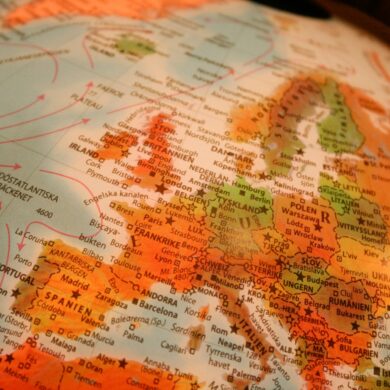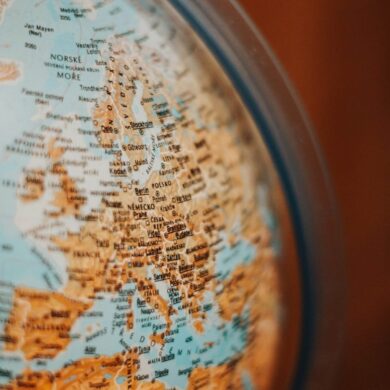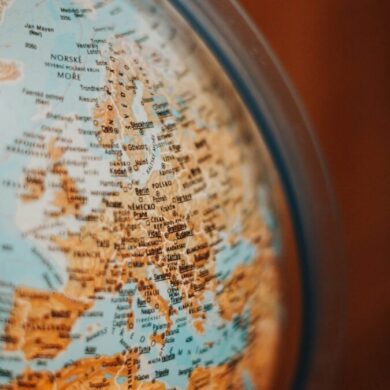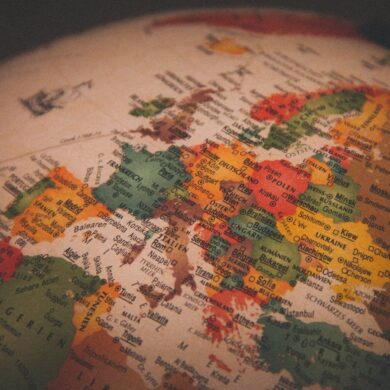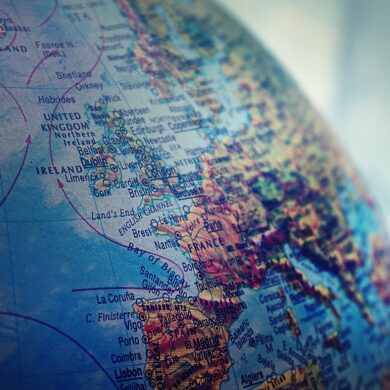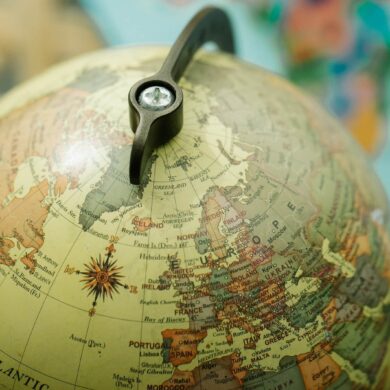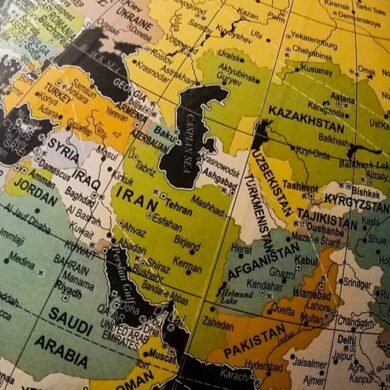European Languages
We are able to offer language services in over thirty different European languages. Look below to see our most requested language. Or get it touch and discuss our full language list with a language coordinator.
Indo-European Languages
Most European languages are part of the Indo-European language family, and Indo-European languages are the native languages of 94% of Europe’s population. The Indo-European languages can be divided into the Romance, Germanic, and Slavic languages. With each having more than 200 million speakers, these languages account for 90% of Europeans.
Romance Languages
The Romance languages descend from varieties of Vulgar Latin spoken in parts of the Roman Empire. They include languages such as French, Italian, Spanish, Romanian and Portuguese. The Romance languages account for the native languages of around 215 million Europeans, located mainly in Western and Southern Europe.
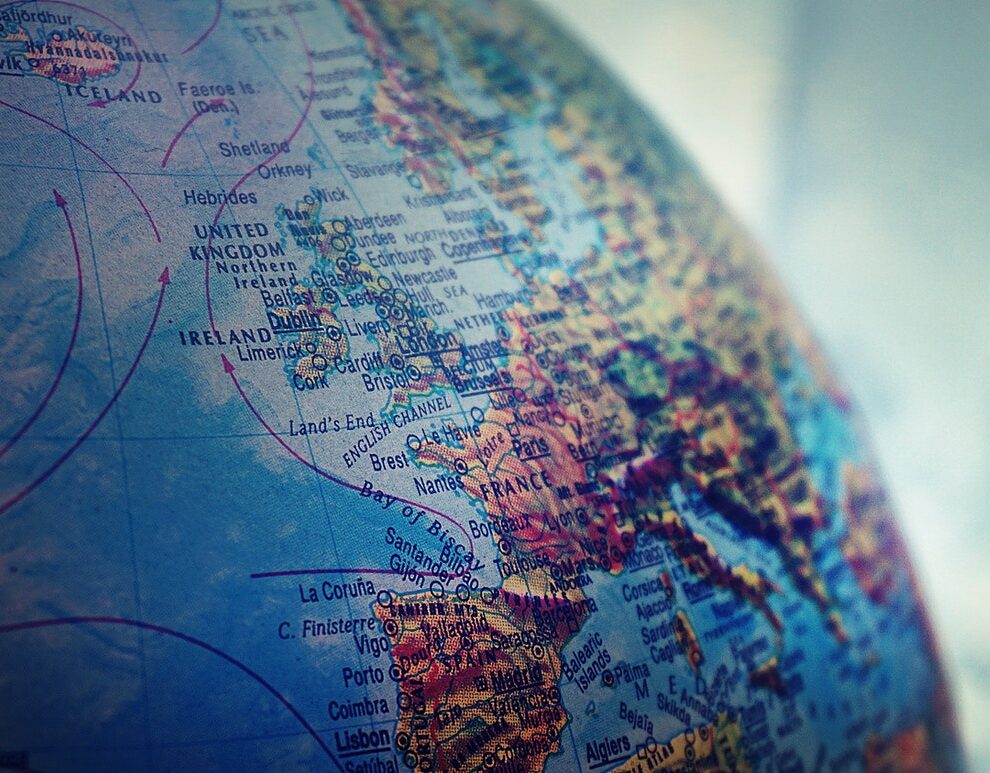
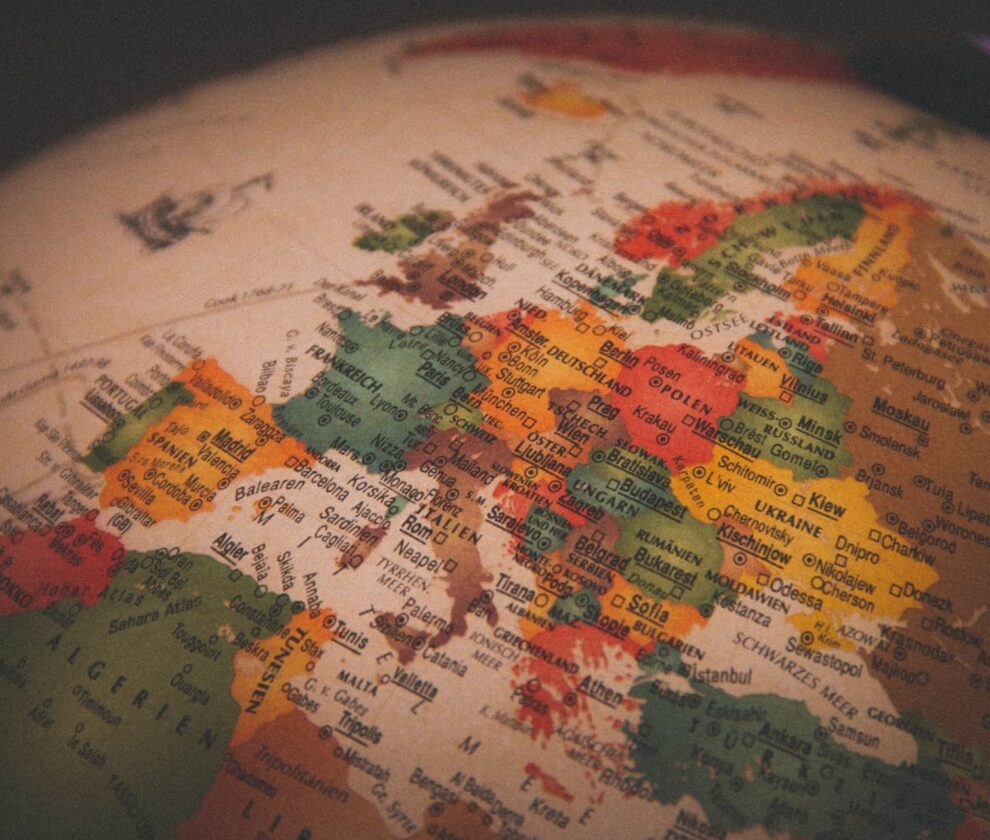
Germanic Languages
The Germanic languages are spoken as a native tongue by approximately 210 million Europeans. This includes German, English, Dutch, Swedish, Danish, Norwegian and Icelandic. The Germanic languages are one of the most common language families in Western, Northern and Central Europe.
Slavic Languages
In Europe 250 million people speakers a Slavic language natively, including languages such as Polish, Ukrainian, Czech, and Bulgarian. Russian is the most widely spoken Slavic language with 110 million native speakers. But a variety of Slavic languages can be found across Southern Europe, Central Europe, Eastern Europe, Russia, and the Balkans.
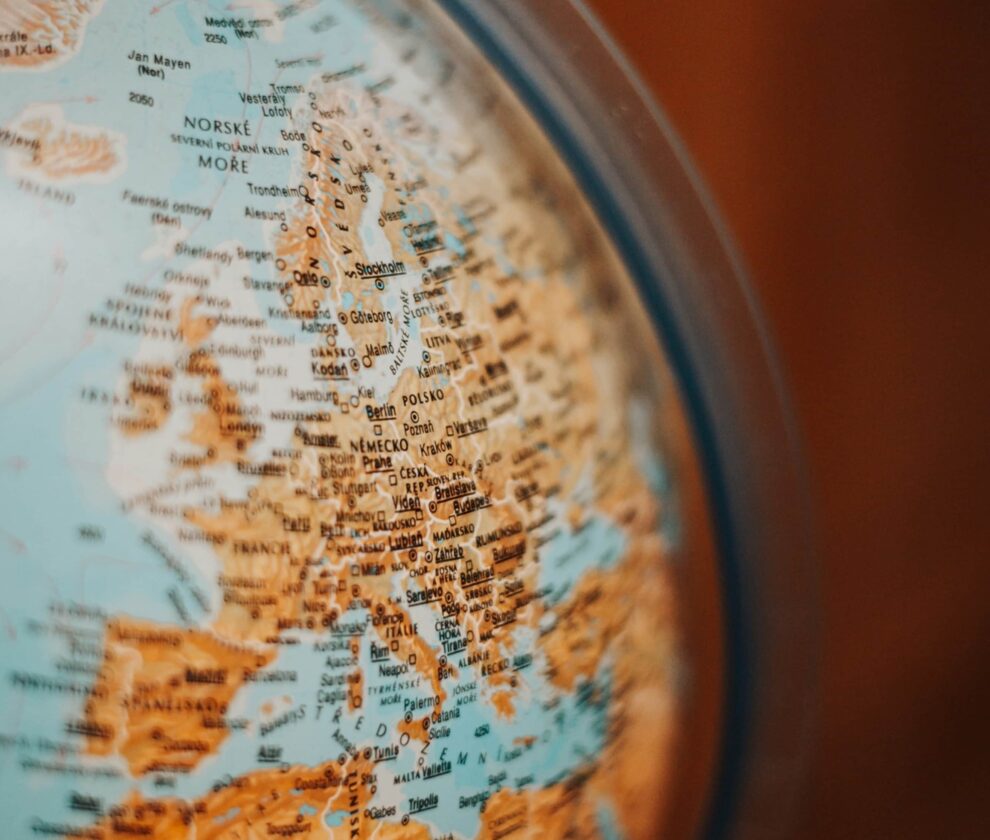
Other European Languages
There are 45 million Europeans who speak non-Indo-European languages. This includes the Uralic, Turkic, and Basque language families as well as the languages of Caucasus.
Around 4% of the European population speaks an African or Asian language as their native tongue, with Arabic being the most common. See our pages on Asian and African languages for more information.
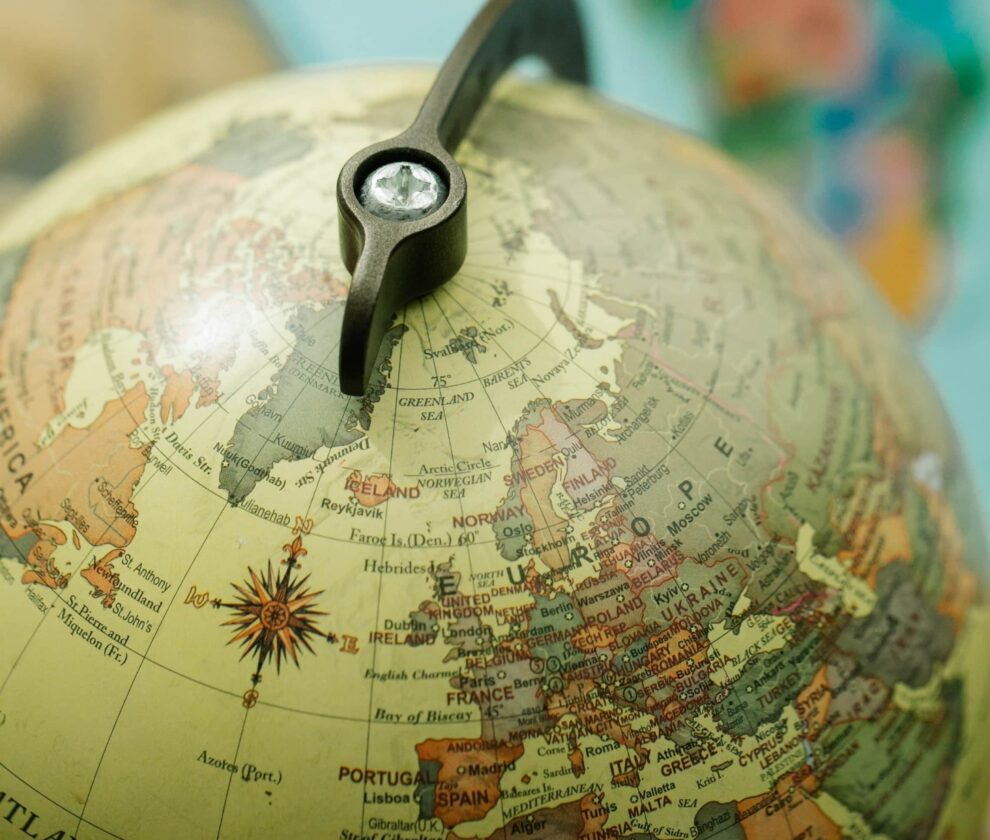
Uralic Languages
The Uralic languages include Finnish, Hungarian, Estonian and a few others spoken in the northern regions of Russia. These languages originate from around the Ural Mountains and are mostly used within Northern Europe. This language family includes 38 different languages and has 25 million speakers across Eurasia.
Turkic Languages
There are 36 Turkic languages including Turkish, Azerbaijani, Gagauz. These languages are spoken in Eurasia, from Eastern Europe to Western Asia. Globally, 170 million people speak a Turkic language as their native language, which account for 40% of all Turkic speakers. In Europe, Turkic languages can be found mainly in the Balkans and Russia.
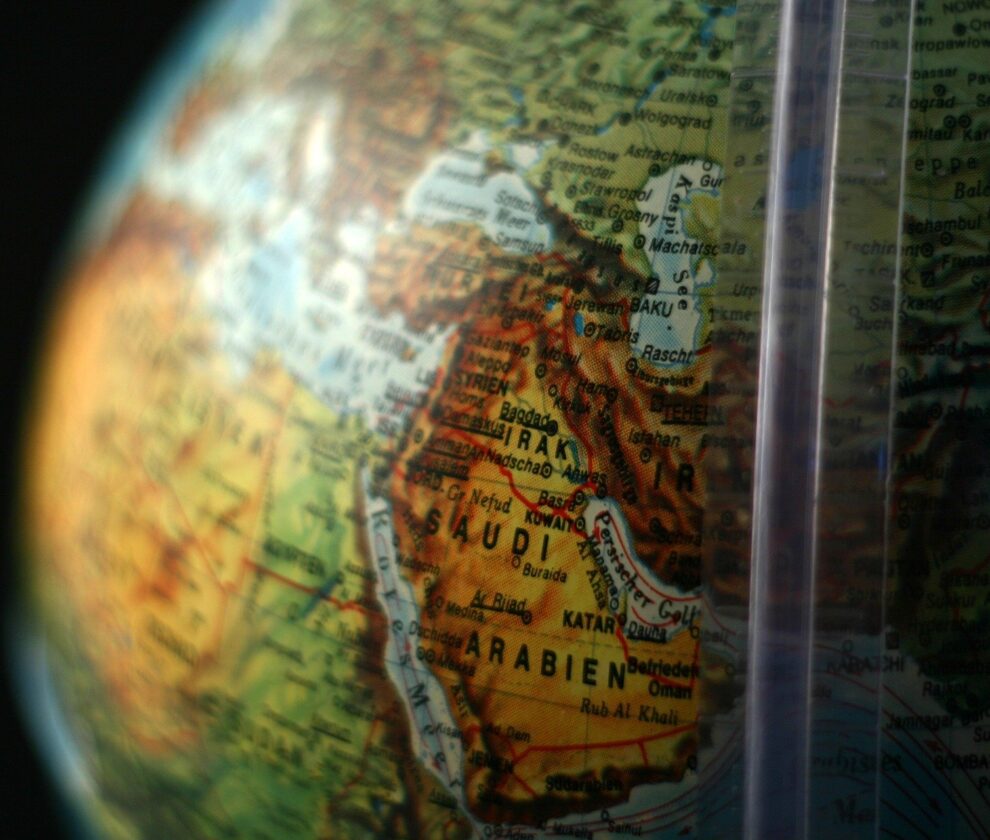
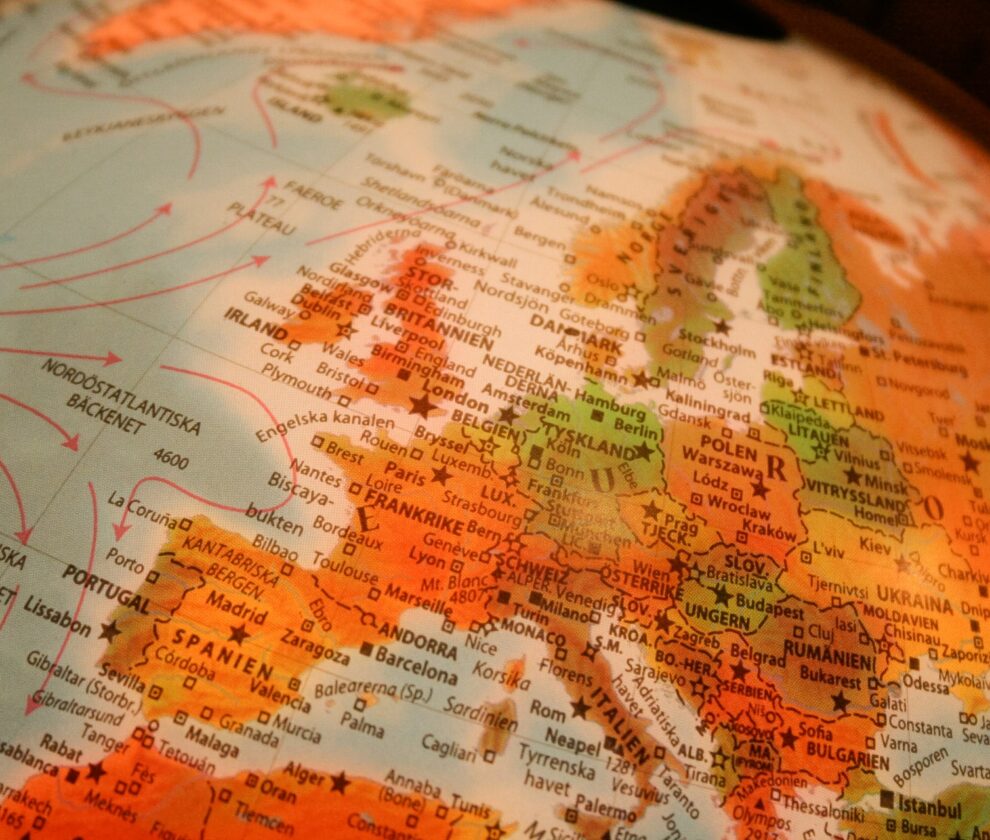
And More...
Other non-Indo-European languages include the Basque language in Northeast Spain, the North Caucasian languages found in Caucasus and Turkey, and Maltese spoken in Malta.
There are many more Indo-European language families besides those listed above, which account for at least 25 million Europeans. These include the Hellenic, Baltic, Albanian, Indo-Aryan, and Celtic languages.
Reach Larger Communities
European languages are some of the most widely spoken in the world. This makes them well suited for large audiences. With over 50 million speakers, languages like French, German and Italian are important for marketing documents, instruction manuals and websites.


